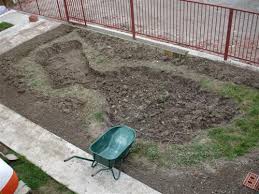Not only is tomato juice a vital component, but it is also a delectable and healthful beverage on its own.
Because of its culinary use, the tomato is often thought of as a vegetable, but it is actually a fruit. Due to its flavor and low sugar level, tomato juice is still categorized as a vegetable juice by many businesses.
Though juice is popular all over the world, it is a contentious beverage.
Many people are divided about its healthfulness. Some argue that it contains too much sugar, while others tout its high nutrient content.
Tags:the healthiest juices,tomato,





